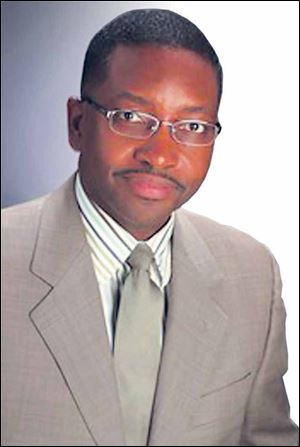
Do you hear what others hear?
Hearing loss has nearly doubled in last 30 years.
7/9/2012
Dr. Oliver Jenkins
Our ability to hear is a complicated process that our amazing bodies can do without thinking.
Sound waves pass through the air into our outer ear canals until reaching our tympanic membranes or ear drums causing our ear drums to vibrate.
This vibration causes small bones named the malleus, incus and stapes or the hammer, anvil and stirrup to wiggle inside our middle ears which produces a fluid wave transmitted into the inner ear that is converted at lightning speed to an electrical signal inside our brains that we understand as sound.
Alternatively, sound waves can be directly transmitted through the bones of our skull and create an inner ear fluid wave to create the perception of sound as well. The National Center for Heath statistics report that hearing loss affects up 15 percent of the US population. More importantly, the incidence of hearing loss has nearly doubled in the last 30 years.
Hearing loss has many different causes, such as permanent hearing loss from genetic (congenital) or acquired (persistent noise exposure, aging and oto-toxic medications, etc.) to reversible hearing loss (impacted wax, a hole in the ear drum, damage to the tiny ear bones or fluid behind the ear drum after a cold or flu).
Most kinds of reversible hearing loss will resolve in time. On some occasions, medical or surgical intervention is needed to remedy the problem. Noise induced hearing loss, on the other hand, is best treated before a problem occurs, by protecting your hearing when exposed to loud noise.
If you or a loved one suspects a hearing loss, a hearing test can be performed to determine if a hearing loss exists which is caused by a conductive factor (anything that interferes with the transmission of sound into the inner ear) or a nerve related factor (poor nerve conduction from the inner ear into the brain).
Traditional hearing aids work by amplifying sound through a tiny receiver and speaker much like a microphone and a megaphone. Patients with permanent hearing loss are generally good candidates for this technology. Many patients also experience buzzing or humming in one or both ears known as tinnitus. Hearing aids, surprisingly, can often improve the annoyance of tinnitus.
In the United States, an estimated 50,000 people a year experience unilateral or single sided hearing loss or deafness. Typically, this type of hearing loss is caused by viral infections, Meniere's disease or a neurosurgical procedure. People who have a single sided hearing loss can be candidates for hearing devices that use the bones of the skull to improve hearing.
These devices traditionally have been surgically implanted into the skull. There are several systems (BAHA and Pronto) that use an implant that is surgically drilled into the skull bone and connected to a processor that creates vibrations that reach the inner ear and then are transmitted to the brain to improve hearing. Recently, a new device has been introduced that does not require surgery.
The SoundBite hearing system consists of two user-friendly components. One piece is an easy to insert and remove in-the-mouth hearing device, which is custom made to fit around the upper left or right back molar teeth. The other component is a small microphone that tucks behind and inside the impaired ear. SoundBite is nearly invisible and requires no dental work or modifications to the teeth. Both components use rechargeable batteries and a system charger is also provided.
This new hearing system delivers several important advantages for the patient including: no surgery, reducing downtime, and the need for healing before the device can be used. It is completely removable, comfortable and easy to use. Numerous scientific studies have demonstrated the superior benefits of this technology and in clinical trials, 95% of current users would recommend it to a friend who experiences single-sided deafness.
The severity of hearing loss in one or both ears is the determining factor whether traditional hearing aids or bone conduction devices are indicated.
Traditional hearing aids are commonly not covered by medical insurance whereas bone conduction devices are partially covered by some medical insurances. If you have question of whether you hear what others hear, please contact an ear, nose and throat (ENT) specialist.
Dr. Oliver Jenkins is the co-founder of the Toledo Clinic ENT Sinus Center of Excellence. Dr. Jenkins specializes in nasal and sinus conditions as well as the management of ear and hearing disorders. For more information, visit ToledoClinic.com.